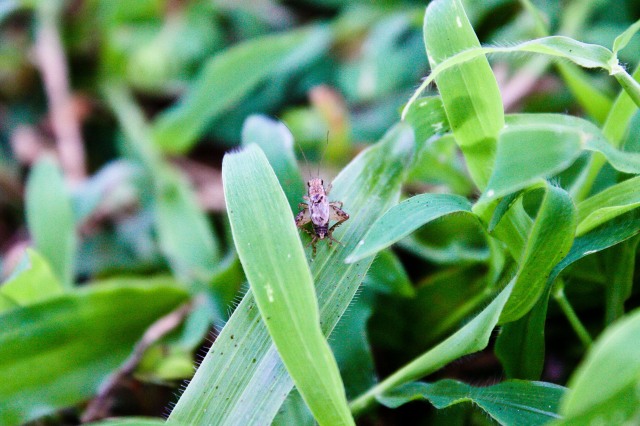Moths members of an insect order characterized by two pairs of large, scale-covered, membranous wings. Adults are additionally characterized by a pair of well-developed compound eyes, mouthparts consisting of a long, coiled, sucking tube, or proboscis, and prominent antennae. Approximately 148,000 species are known worldwide; by 1993, 11,286 had been described in North America. As a group of animals, butterflies and moths are surpassed in diversity only by the beetles.
Life cycle
Butterflies and moths undergo complete metamorphosis. Their life cycle consists of four stages: egg, larva (caterpillar), pupa (cocoon or chrysalis), and adult. After mating, the adult females of most species usually lay eggs on a plant that serves as the food source for the larvae when they hatch. In a few species, however, the larvae are predators. Some butterfly caterpillars, for example, eat aphids; some form complex associations with ants, live in their nests, and eat ant larvae. Some larvae eat stored cereals or even woolen clothes. Caterpillars have rather elastic cylindrical bodies, simple eyes, chewing mouthparts, three pairs of true legs on the thorax, and usually five pairs of prolegs (legs that occur only on larvae) on the abdomen. They eat continuously, periodically shedding their skin as they grow to hundreds of times their original size, and finally reach the stage where they spin cocoons and become pupae. During pupation, the structures of the larvae totally transform; internal systems are reorganized and adult external structures develop.
Adult butterflies and moths feed on a wide variety of substances: nectar, pollen, rotting fruit, carrion, dung, urine, and other plant and animal secretions. Most species actively seek flower nectar; they aid in plant reproduction by pollinating, carrying pollen from flower to flower. In many species, such as sulfur butterflies, egg production is impossible without nectar meals. In others, such as the checkerspot butterflies, unfed females lay about half as many eggs as those provided nectar. A few adult moths do not have functional mouthparts and lay all their eggs without obtaining nourishment.
Characteristics
No absolutely consistent characteristics exist for separating butterflies and moths. Butterflies generally have scaleless, threadlike antennae with a club on the end. Their wings are often brightly colored; the wing color and pattern play a key role in mate recognition and courtship. Nearly all butterflies fly during daylight, but some tropical species fly at dawn or dusk, and a few are nocturnal. The largest butterflies (birdwings of Melanesia) have wingspreads of up to 25 cm (10 in); the smallest (pygmy blues) may barely exceed 1 cm (0.4 in).









